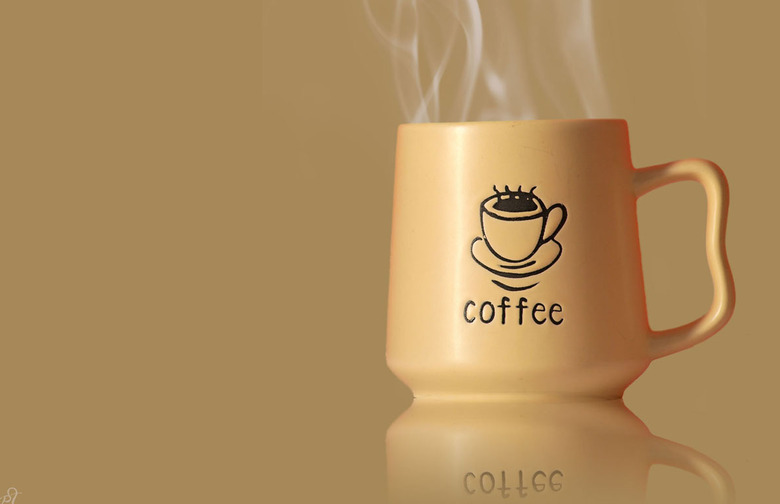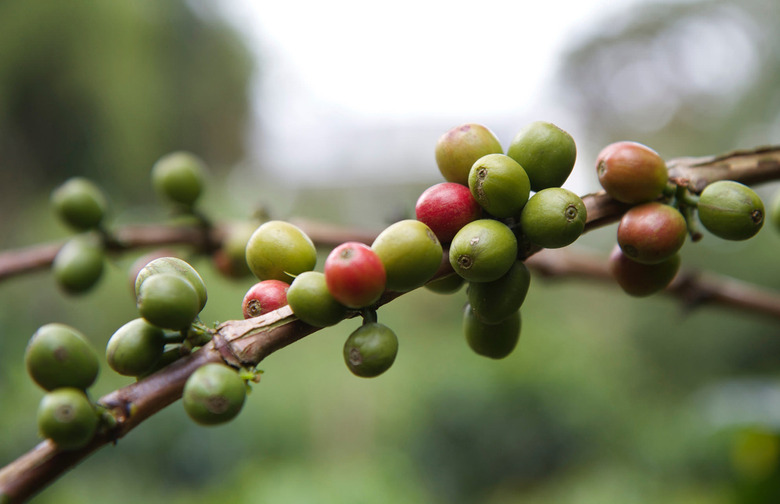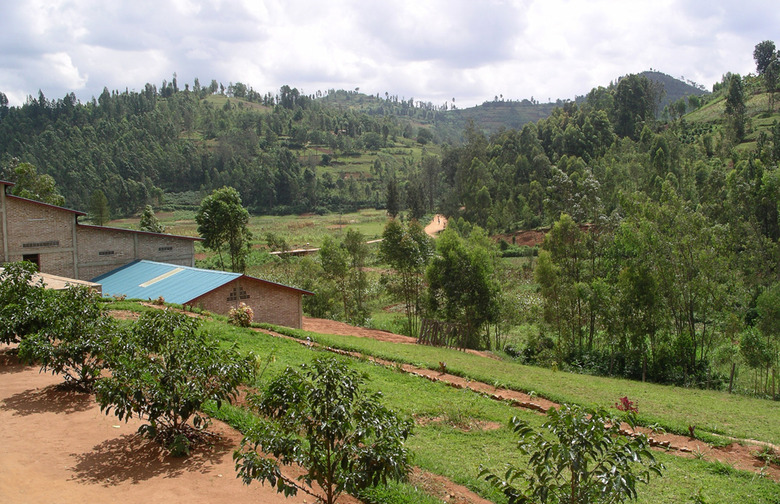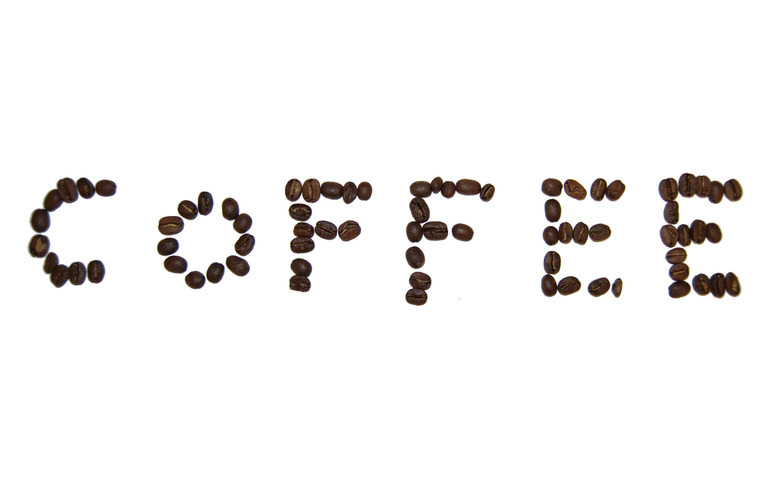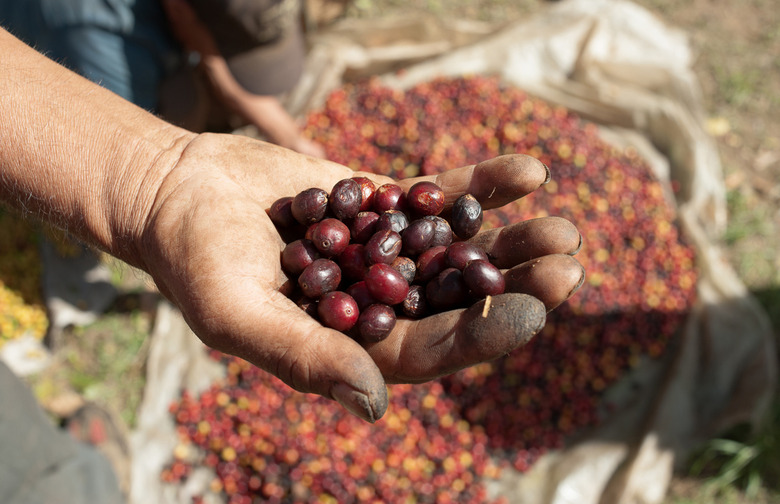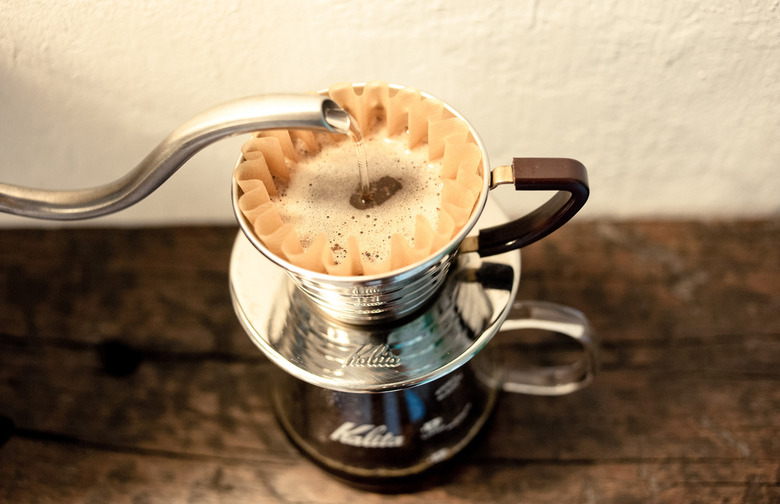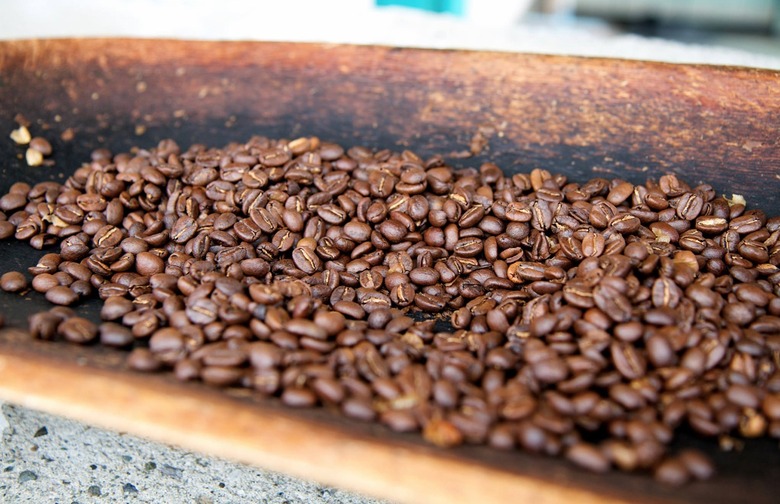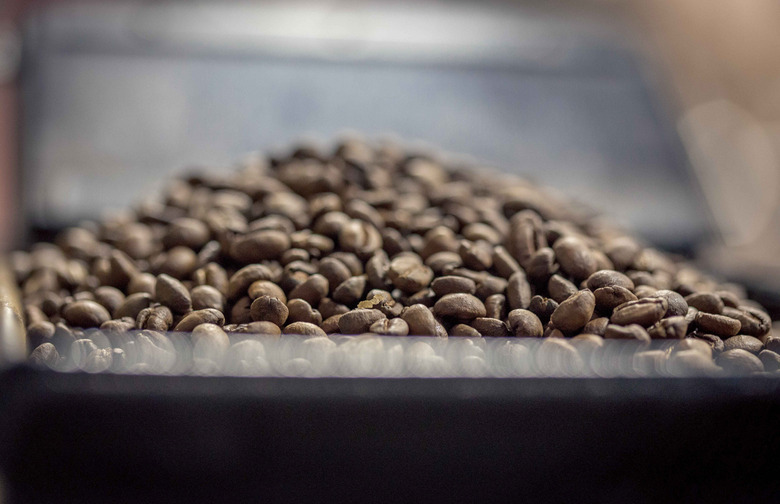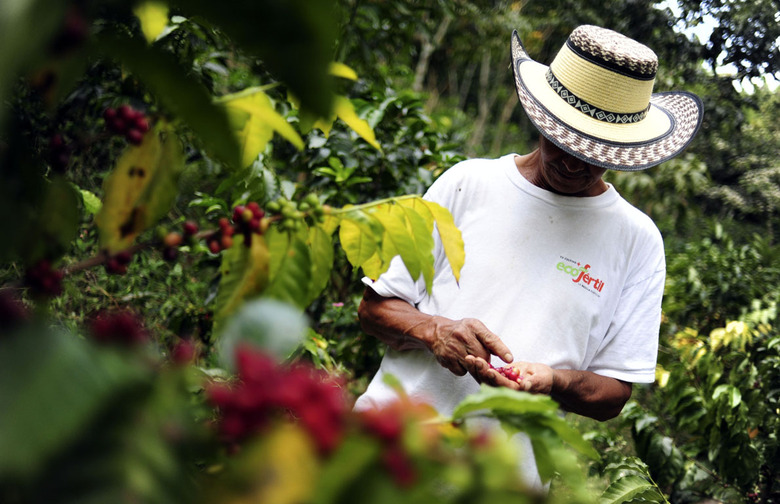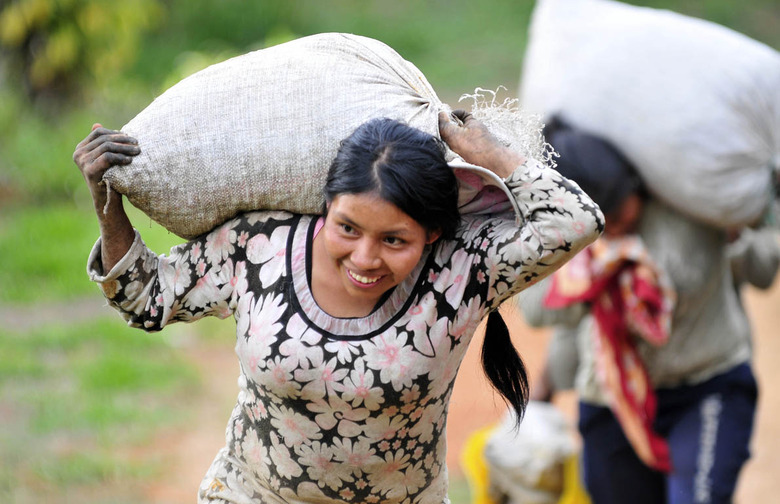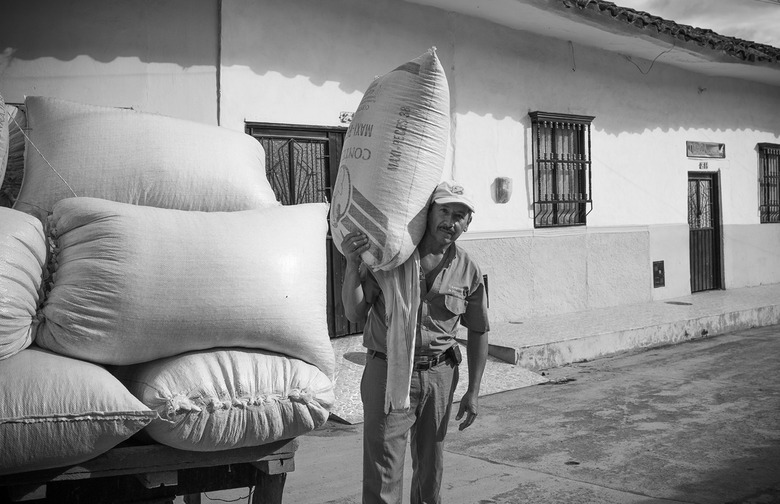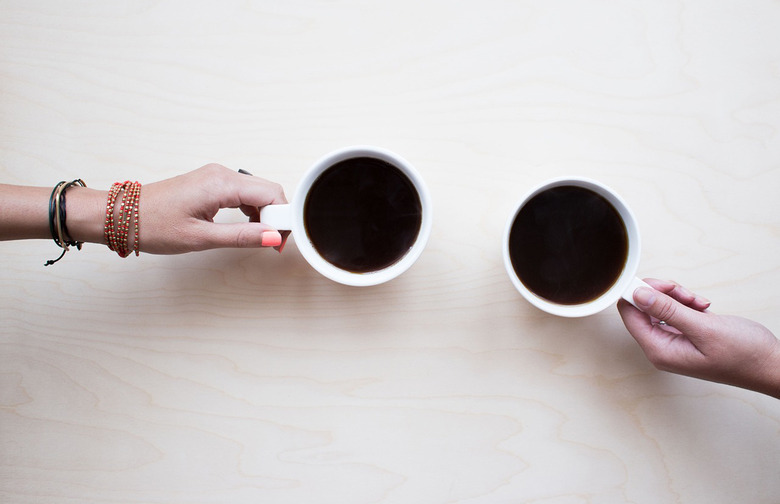What Is Fair Trade Coffee And Should You Buy It?
Anyone remember the days when you could buy a great cup of coffee without having to don a political superhero costume? In the last decade, Americans have become social activists in the eat/buy local and Fair Trade movements and it has empowered us to buy products that mirror our values. But has our Pavlovian enthusiasm for doing the right thing made politically correct macchiatos hollow absolution?
Coffee consumers have embraced Fair Trade's lofty principals of economic justice, fair labor, environmental protection, and of course Fair Trade, but do we really understand certification's impact on trade, both in theory and in practice?
Just what is Fair Trade coffee and why should you buy it, or not?
Here's the skinny on Fair Trade, its origins, and the process. We'll let you weigh the pros and cons and decide for yourself.
Finding Justice for Java
Historically, the coffee trade favored large, wealthy coffee plantations and multi-national agribusinesses at the expense of small, financially disadvantaged farmers in developing countries. Recognizing a need for change, growers, food companies, and nonprofits led a movement to create a fairer, more equitable trade environment that supported small farmers and allowed consumers to support products whose values matched their own.
Coffee Producers Come Into the Picture
In the mid to late 1980s, this led to the development of new coffee producer and buyer companies called Alternative Trade Organizations (ATOs). Dedicated to social, economic, trade, and employment justice and environmental sustainability, ATOs worked exclusively with local and small family farms and sold directly to consumers. Their goal was to cut out the middleman in order to:
- Give buyers and food companies direct access to the farmers.
- Increase farmers' profits and ability to compete in a global marketplace.
- Increase workers' wages and improve workplace safety.
- Provide consumers better prices and product transparency.
What’s in a Label
Later, voluntary member organizations like the World Fair Trade Organization (founded in 1989) were formed to help articulate Fair Trade's goals and principles. In turn, domestic certification organizations like Fair Trade USA (which used to be TransFair USA and was part of Fairtrade International) and international certification organizations like Fairtrade International (which also has a U.S. certification), were formed to define standards for Fair Trade, certify its practices, and license the mark. Their goal was to create a label that guarantees consumers:
- Only the best quality beans will be certified.
- Farmers are paid a fair price for their beans.
- Farmers use sustainable agricultural practices that protect the environment.
- Child labor is prohibited and workers are provided fair wages and safe working conditions.
- Food companies buy directly from democratic, transparent farmer cooperatives that eliminate middlemen.
- Premiums from memberships are used to invest in development projects in farming communities that encourage economic prosperity and improve the quality of life.
Percolating Change in Fair Trade
So how does this work in the real world? It depends on who you ask. Finding a consensus on Fair Trade coffee's ability to reduce poverty, create equitable trade opportunities for developing countries, and get farmers fair prices is difficult.
Proponents proudly attest that Fair Trade and fair prices and competition help farmers invest in their families, workers, community, environment, and local economies, which helps build better lives for poor people in the developing world. Self- reliance rather than aid is sustainable and benefits farmers, the industry, consumers, and the earth.
On the other hand, three studies conducted at Harvard University, the University of Wisconsin, and the University of California show that the poor farmers Fair Trade is meant to help receive little if any benefit from certification. Here is one critic's analysis of Fair Trade's flawed pricing mechanisms and the reasons he thinks Fair Trade coffee doesn't work.
The Last Drop
In addition, in the last ten years, the Fair Trade movement has been fraught with controversy regarding pricing structures, the cost of certification, and the push to allow large family plantations and multi-national industrial farms to receive certification. These standards have been lobbied for by Fair Trade USA and threaten to eradicate changes and improvements created by small farmer organizations, ATOs, and other agents for social change.
To Buy, or Not to Buy?
Despite the arguments against Fair Trade coffee, there are several reasons why many believe you should continue to buy it.
Beating the System
The system may have flaws, but relying entirely on traditional market forces hasn't worked and until something better is found, this system can still be improved and have an impact.
Knowing Your Beans
Transparency and knowing the provenance of the beans gives buyers and consumers the information they need to find the best priced, best quality beans.
Knowing the Farmers
Direct access to the farmers helps provide information on the environmental and labor practices and ensures members are compliant with standards. Also, the elimination of the middleman reduces costs.
Making a Change
Because an infrastructure and operational system exists, consumers, farmers, activists, etc. can get involved and work for change rather than trying to bring change to the coffee industry from ground zero.
For the Farmers
Small farmers still need to have some way to organize and gain access to markets, resources, and assistance, and Fair Trade does this already.
For the People
Consumers have a voice and can shop with their conscience so they support products that are consistent with their values.
